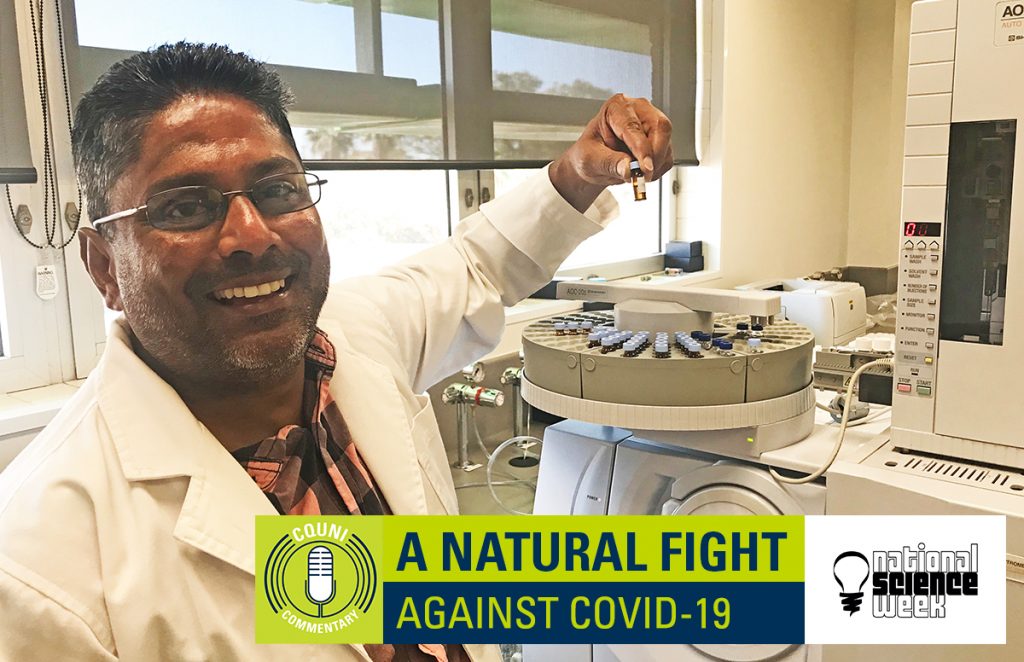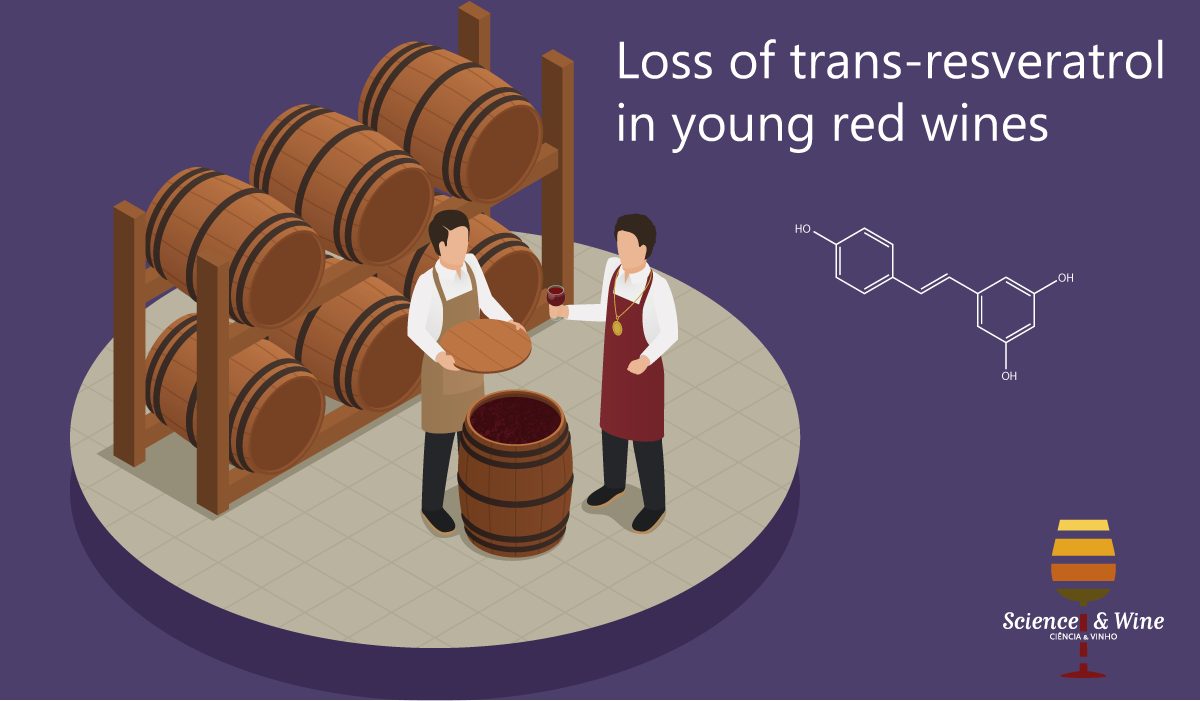By Mani Naiker and Joel Johnson
Many wine connoisseurs are well aware of the purported health benefits of wine, particularly in regard to antioxidant activity. A commonly cited piece of evidence is the French Paradox – the observation that certain European countries where it is customary to consume a glass of wine per day display improved cardiovascular health and longevity. One of the predominant antioxidant compounds present in red wine is the stilbene trans-resveratrol. It is classified as a phytoalexin, meaning that it is produced as a defensive compound by plants experiencing stress (e.g. herbivores, drought). High concentrations of trans-resveratrol are typically found in grape skins, particularly in red grapes and grapes experiencing high levels of environmental stress and are extracted from these into the wine through the wine-making process. Indeed, trans-resveratrol has been identified as one of the major reasons for the perceived health benefits of red wine. In human and animal trials, trans-resveratrol has been demonstrated to possess cardioprotective, anti-inflammatory and antidiabetic effects in a dose-dependent fashion.
In its natural state, both in grapes and freshly bottled wines, trans-resveratrol is found bound to sugars, forming a storage pool of largely inactive resveratrol. The most abundant compound present in this form is piceid; systematic name resveratrol-3-(β-D-glucopyranoside). When consumed, piceid and other bound forms of resveratrol are readily hydrolyzed from these sugars to release the active compound – free trans-resveratrol. Furthermore, as red wine ages, natural acid-catalyzed hydrolysis of piceid is expected to increase the levels of free trans-resveratrol in the wine, increasing its potential health benefits as it ages.
In our latest study, recently published in the Australian Journal of Grape and Wine Research (http://doi.org/10.1111/ajgw.12449), we compared the levels of trans-resveratrol in 16 Australian and New Zealand red wines before and after they had aged for 16 months. The wine samples were chosen to cover a broad range of production locations and vintage years (2007-2012). After initial measurement of trans-resveratrol levels in 2013, the wines were re-sealed in their original bottles and stored in typical conditions for such wines (ambient temperature in darkness). In addition, the airspace in the bottles was purged with nitrogen gas prior to re-sealing in order to prevent any undesired influences of atmospheric-mediated oxidation. The trans-resveratrol concentrations of the same wines were then measured 16 months (1.25 yrs) later.
In contrast to the anticipated increase in free trans-resveratrol concentration resulting from the hydrolysis of piceid, we found that the concentrations of trans-resveratrol in the red wines decreased by an average of 76% over the study period (range: 63-96% reduction). Furthermore, there was a linear relationship between the initial trans-resveratrol concentration in the wine and the rate of trans-resveratrol loss (Figure 1), suggesting a common mechanism. In other words, wines with a higher initial level of trans-resveratrol also lost trans-resveratrol faster. The mean half-life for trans-resveratrol in bottled red wine was 8 ± 1 months.

So where is the trans-resveratrol going? We suggest that it is being transformed to its structural isomer, cis-resveratrol (Figure 2), as a result of residual enzymatic activity within the wine. This transformation occurs during vinification and storage in oak barrels; hence it is quite plausible that the enzymes mediating this process would continue to be present in bottled wine. The health benefits of cis-resveratrol are lower compared to trans-resveratrol, hence we propose that based on our results, older red wines will not provide the same degree of health benefits (from a trans-resveratrol perspective) compared to younger red wines. However, it should also be mentioned that there are also other antioxidative compounds present in red wines which were not investigated in this study. These compounds could also increase or decrease over storage time; hence a holistic view is required to provide a definitive answer on whether the overall health benefits of red wine are increasing or decreasing with storage. In the future, we hope to further investigate the time-dependent reduction in trans-resveratrol concentration and definitively demonstrate the increase in its isomeric form, cis-resveratrol.


Dr Mani Naiker is a lecturer in chemistry at CQUniversity Australia and has a strong research interest in bioactive compounds and functional foods. He has previously worked in the wine industry and at the Australian Institute of Wine Research. He has published 36 peer-reviewed journal articles and conference papers.
Joel Johnson is a postgraduate research student at CQUniversity Australia in the field of analytical chemistry. His project is focused on bioactive compounds present in a number of health-benefitting foodstuffs. He has published 14 peer-reviewed journal articles.

